


|
1485 |
Henry Tudor, Earl of Richmond, is crowned King of England as Henry VII.
|
|
1486 |
The influential Flemish musician and chorister Josquin des Prez, regarded by many as the first important modern composer, begins a period of service in the Roman papal chapel.
|
|
1488
1492 |
The Portuguese explorer Bartolomeu Diaz reaches the Cape of Good Hope,
and discovers the sea
Believing the world to be round, the Genoese explorer Christopher Columbus, financed by Spain, sails west and reaches the island of San Salvador in the "New World".
|
|
|
The fortress town of Granada, the last Muslim kingdom in Spain, is taken by the Spanish monarchs Ferdinand and Isabella. The Moors are finally driven back to North Africa.
|
|
1493 |
The notorious Cesare Borgia is made a Cardinal by his father Pope Alexander VI, but later renounces his ecclesiastical career and sets out on a ruthless campaign of conquest.
The new Inca leader Huayna Capac inherits a vast Empire which stretches some 2,500 miles through the Andes and along the Pacific coast of South America.
|
|
1494 |
By the Treaty
of Tordesillas Spain and
Portugal agree to share the lands of the World between them
along a north-
The Dominican friar Savonarola, a prophet of the Reformation, seizes power in Florence and denounces the Church and the papacy for its corruption and immorality.
The Italian Wars begin over the control of Italy. The conflict, which lasts until 1559, is mainly between France and the Habsburg rulers of Spain and the Holy Roman Empire.
|
|
1495 |
Poynings' Law is passed in Ireland. Enacted by the Lord Deputy of Ireland, Sir Edward Poynings, it places the Irish parliament under the control of the English king and his council.
|
|
1496 |
Accompanied by 800 horseman, Askia Muhammed I, the new and powerful leader of the Songhai Empire in West Africa, makes a pilgrimage to Mecca, the holy Muslim city in Arabia.
|
|
1497 |
Perkin Warbeck, with an army of 3,000, claims he is Richard, Duke of York (believed murdered in the Tower) and marches on Exeter. He is eventually captured and executed.
The genius of the Italian Renaissance, Leonardo da Vinci, paints one of his greatest works, The Last Supper. He excelled as a painter, sculptor, architect and engineer.
The explorer John Cabot, a Venetian immigrant to England, seeks a western sea route to Asia and discovers Newfoundland. He claims North America for the English crown.
|
|
1498
1499 |
Vasco da
Gama,
In the Punjab, Sikh Nanak founds the Indian religious sect known as Sikhism. A mixture of Hindu and Muslim beliefs, its centre is established later at the Golden Temple in Amritsar.
|
|
|
Shah Ismail I establishes the Safavid Dynasty and within twelve years extends his rule over most of Iran and parts of Iraq. Expansion is continued under Shah Abbas I (1623 J1).
The Swiss Federation, joined by many Cantons since its foundation in 1291 (E1), defies its Habsburg rulers and, by the Treaty of Basel, Switzerland becomes an independent state.
|
|
1500 |
The Dutch painter Hieronymus
Bosch completes his three-
|
|
1501 |
The Italian navigator Amerigo Vespucci, exploring the coast of Brazil, is the first to realise that he has reached a new land mass. Later his name is given to the continent of "America".
|
|
1502 |
The Transatlantic Slave Trade begins with the arrival in America of the first African slaves. This new traffic in slavery increases enormously with the growth of the plantation system.
|
|
1503 |
The building of Canterbury Cathedral, begun in 1070, is completed, and work is started on the Henry VII's Chapel, one of the most splendid additions to Westminster Abbey.
|
|
1504
1506 |
The colossal
The Laocoon, a group of marble statutes depicting a Greek legend and dating from the first or second century BC, is unearthed from the ancient Baths of Caracalla in Rome.
|
|
|
Pope Julius II appoints the Italian architect Donato Bramante to start his rebuilding of St. Peter's Basilica. The foundations are laid, but his grand design is never completed.
|
|
1507 |
Montezuma II, the new leader of the Aztec kingdom, by his increasing demands for tribute and victims for human sacrifice, stirs up hostility among his conquered peoples.
|
|
1508 |
The Italian
The Portuguese navigator Lourenco de Almeida is defeated and killed by the Arabs off Chaul, India, but the following year at the Battle of Diu his father regains control of the Indian Ocean.
|
|
1509 |
Henry VII dies of consumption and is buried in his chapel in Westminster Abbey. He is succeeded by his son Henry as Henry VIII.
|
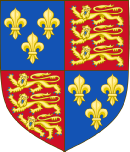






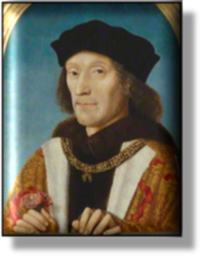 founder
of the
founder
of the 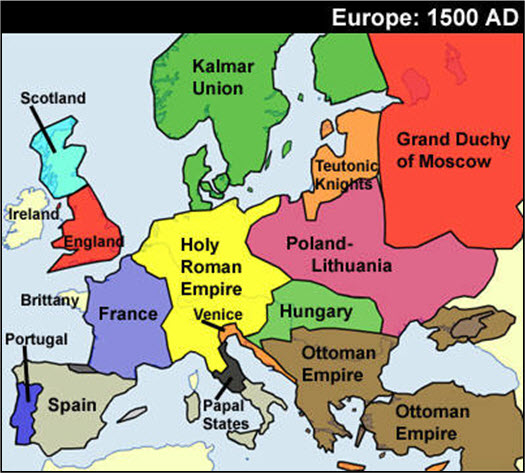 xxxxx
xxxxx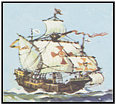 route
to the Far East around the southern tip of Africa.
route
to the Far East around the southern tip of Africa. 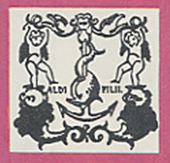 The
Italian printer
The
Italian printer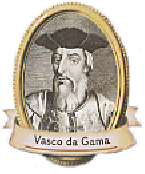
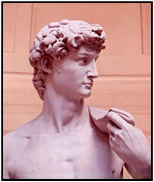 marble
figure of the young biblical
marble
figure of the young biblical 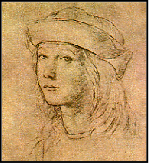 artist
artist
